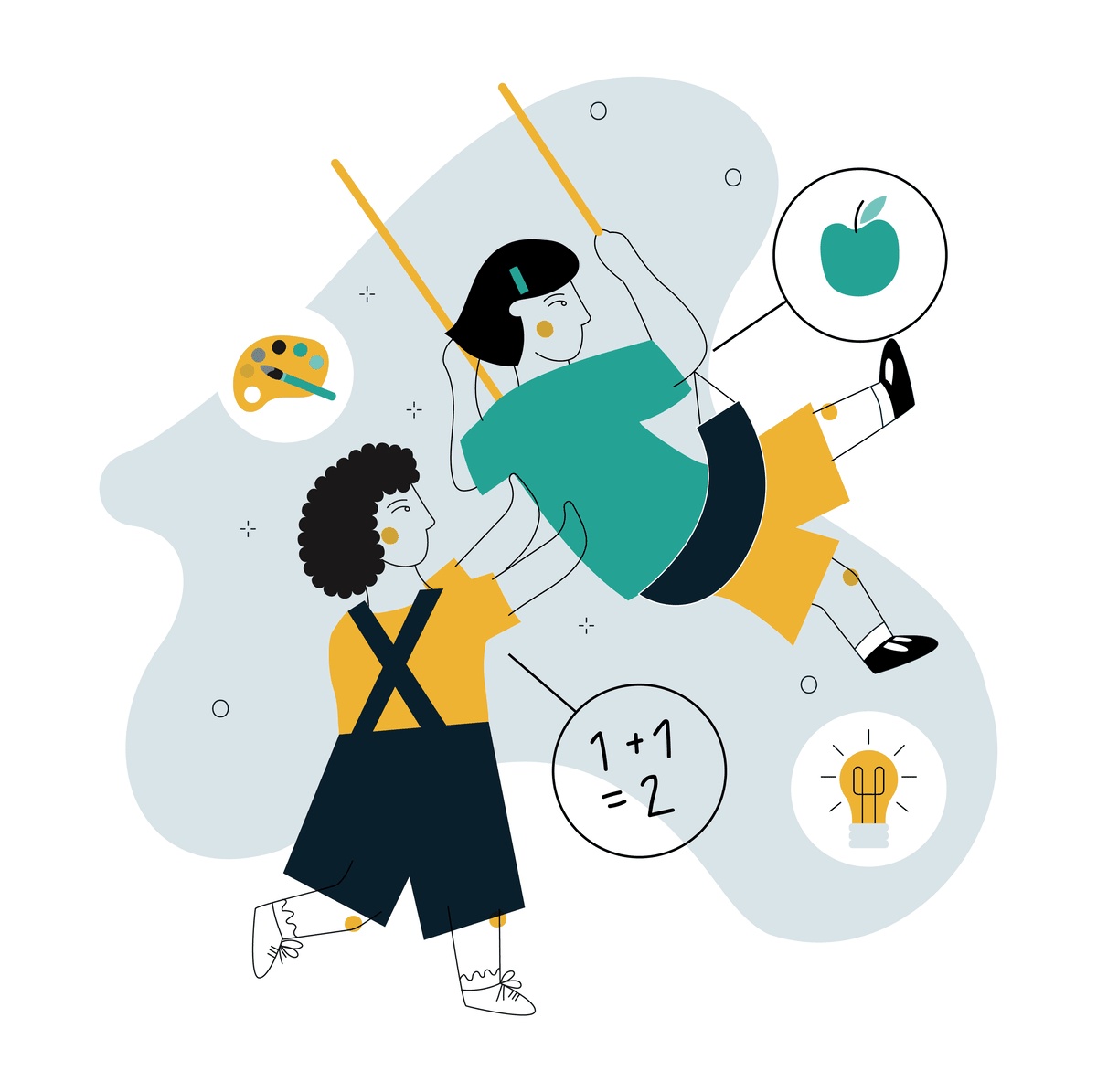Reciprocal Teaching is a strategy for improving reading comprehension, with positive implications for general literacy, engagement, and learner agency. It traces its whakapapa to Sociocultural Theory and counts itself in the same whānau as co-operative learning.
Co-operative Learning
Lev Vygotsky’s Sociocultural Theory holds that social interaction is critical for children’s learning. It’s by comparing ideas with peers during collaborative learning when children get the opportunity to exchange their thoughts with one another, shaping and reshaping their understanding in the process. While working at understanding one another, they unlock specific skills and concepts.
The OECD’s research on the nature of learning also argues that effective learning takes place in an environment which is social in nature, including well-structured co-operative learning. It bases its findings on neuroscience, and concludes that co-operative learning is not only good for achievement, as it motivates all learners, but good for behavioural and emotional outcomes as well…
… to see more visit SLEUTH™ Field 6, Section 21.
Visit SLEUTH™ to read more on how Reciprocal Teaching skills can help grow your pedagogy and your learners outcomes…

SLEUTH™ ‘Quick Solutions’
Start now – Knowing-doing gap
Reciprocal Teaching is hugely effective for accelerating reading comprehension for readers from 6 years old to young adults and in every curriculum subject wherever reading plays a role in learning. The message from researchers is that it is underused – they encourage teachers to dust it off and start using it again aplenty.
Don’t start yet – Psychological safety
Because learners will need to admit to each other what they don’t know, this is not a strategy for use in a classroom before a culture of psychological safety is established and at least somewhat embedded. For information on creating a culture of psychological safety, see SLEUTH™ Field 1: Building Relationships & Creating a Learning Community – Creating a Psychologically Safe Learning Environment.
Week One – Teach questioning – Teach surface and deep questioning
Teach the class the difference between surface questions and deep questions. Start with surface questions such as, “My on-the-surface question is…”
Going into groups – Teacher modelling fishbowl-style
Once all four core skills have been learnt adequately by the class, show Reciprocal Teaching in action in a group consisting of yourself with three confident volunteers. (Make it as enjoyable as possible, either through a highly engaging text, or using volunteers with personality, or being at your animated best, etc.)
These are 4 of 68 Quick Find Solutions available on SLEUTH™ in the area of High Impact Teaching Practices: Reciprocal Teaching.

